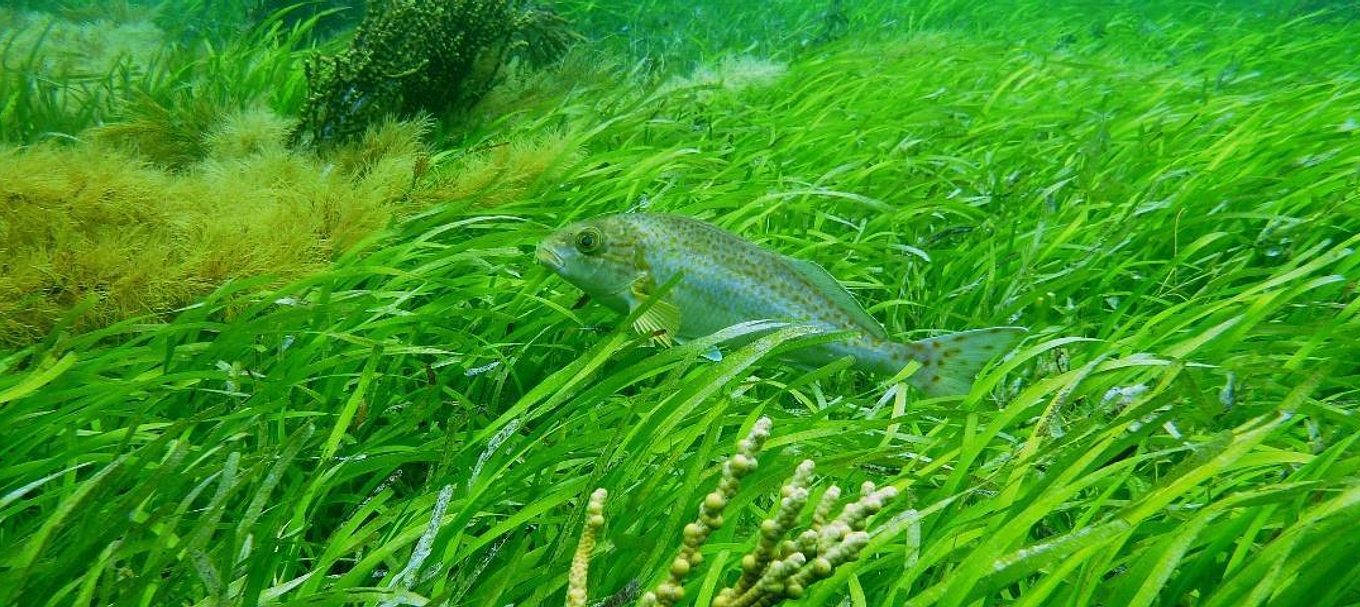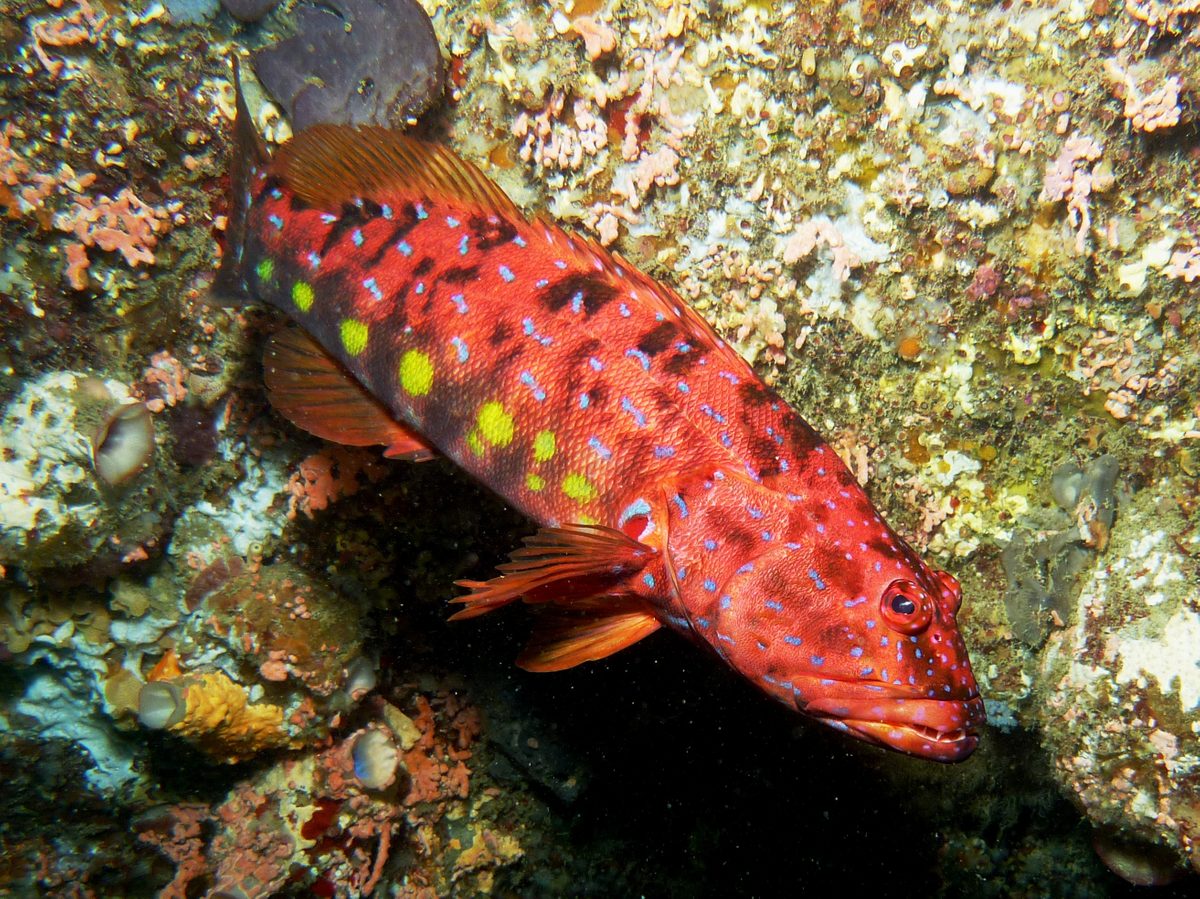
Explore the science behind marine parks
Learn how Harlequin fish helped South Australia develop marine sanctuary zones.
Marine parks have been fully operational in South Australia since October 2014, but do you know much about the science behind their creation?
By understanding the ecological requirements of South Australia’s rare and iconic species such as the Harlequin fish, scientists were able to establish a marine parks network that represented the habitats and locations to best protect these species.
But first – what are marine parks?
Marine parks are designed to protect plants and animals, and the marine environment where they live – just like our national parks do on land.
Marine parks have multiple types of zones, with sanctuary zones offering a high level of protection by preventing the extraction of any plant or animal.
Evidence from around the world shows that marine parks with sanctuary zones will help us protect our marine environment from increasing pressures such as pollution, resource use, development, pest organisms and climate change.
So how did these parks and zones get on the map?
Marine Biologist Dr Simon Bryars, who has over 25 years of experience in biological sciences and natural resource management, tells us how the Harlequin fish made such a splash in the early stages of marine park development.

‘It was one of a number of reef fishes that were researched to inform the sanctuary zoning process within SA’s marine parks.’
‘We undertook a fish tracking study to monitor the movements of harlequin fish off the coast of Kangaroo Island for 16 months.’
‘We found that harlequin fish were strongly associated with the coastal reef habitat and rarely ventured far from their home base.’
‘This site-attached behaviour means that populations are susceptible to localised depletions, but adequately-sized sanctuary zones will provide them with a high level of protection.’
‘Significantly, the Sponge Gardens Sanctuary Zone within the Encounter Marine Park now includes a known hot spot for harlequin fish in SA.’
This is one of many research projects completed to help carefully design South Australian sanctuary zones. These zones protect breeding and feeding areas of marine life and ensure full protection for important habitats.
‘It is expected that it will take some time for the full positive effects of this major initiative to be realised, however the enduring benefits will be there for future generations.’
A review of the zoning arrangements and management strategies of marine parks is currently being undertaken and is anticipated to be completed in 2024.
Fast facts
- The ocean covers 71 per cent of the earth’s surface and is home to as many as 100 million species.
- The rich variety of life forms in the ocean far outweighs that on land.
- About 85 per cent of the marine species in Southern Australian waters are found nowhere else in the world.
- SA has 19 marine parks, which were declared in 2012.
- In marine parks, you can still go fishing, boating, swimming, diving, surfing and paddling, among other recreational activities.
- In sanctuary zones, you can go sailing, diving, kayaking, surfing and swimming, but there are restrictions on mining, trawling and fishing activities.
Want to learn more? Visit the marine parks website for maps and information on zoning or visit Enviro Data SA for more information on scientific research undertaken in marine parks since 2012.
Park of the Month
Throughout July, Marine Parks are being celebrated as the National Parks and Wildlife Service South Australia’s Park of the Month. There are lots of events and activities to get involved in – check the website for all the details.
Main image: Posidonia sinuosa (image courtesy of Simon Bryars)





